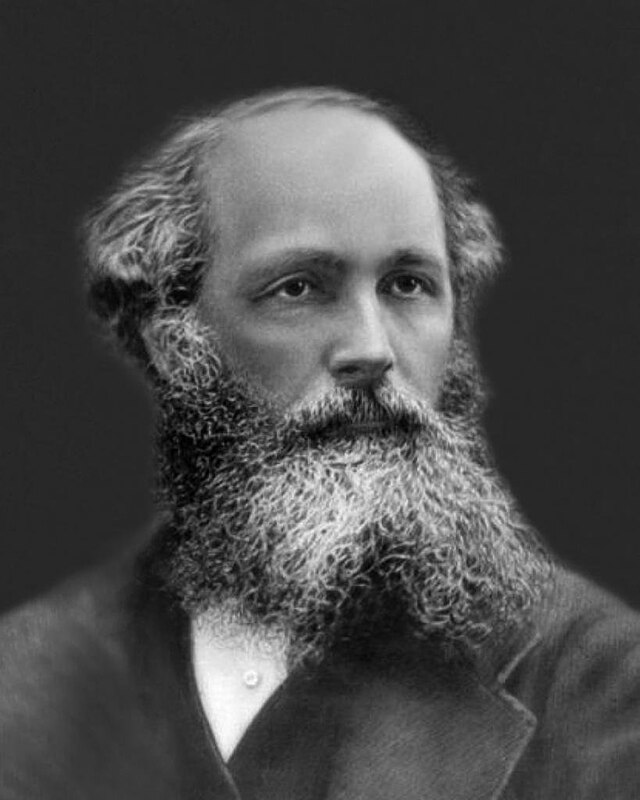The online electromagnetic wave simulations on this page show how radio waves, microwaves and lasers are generated, propagated and interact. They help us understand the different ranges of the electromagnetic spectrum and their associated phenomena, providing a solid foundation for grasping electromagnetic wave propagation and its applications in communications, technology and science.
What are electromagnetic waves
Electromagnetic waves are periodic disturbances of electric and magnetic fields that travel through space, carrying energy. Electromagnetic waves cover a broad range of frequencies, from radio waves to gamma rays, and include familiar phenomena such as visible light. Studying them allows us to understand how energy travels through different media and lays the groundwork for key technological applications in communications, medicine and science.
Electromagnetic spectrum
The electromagnetic spectrum includes all possible electromagnetic waves, arranged according to their frequency or wavelength. From low-frequency waves such as radio waves to high-energy radiation like gamma rays, each range has unique characteristics and applications. Understanding this spectrum is essential for studying physical phenomena and developing technologies in telecommunications, medicine, astronomy and other fields.
Radio waves
These have the lowest frequency and longest wavelength. They are mainly used in communications, broadcasting and radar.
Microwaves
Microwaves have shorter wavelengths than radio waves and are used in telecommunications, radar and microwave ovens.
Infrared
Infrared waves are associated with heat and are used in thermography, remote controls and sensors.
Visible light
This is the part of the spectrum detectable by the human eye and forms the basis of vision, photography and many optical technologies.
Ultraviolet
Ultraviolet light has more energy than visible light and is used in sterilisation, fluorescence and atmospheric studies.
X-rays
With high energy, X-rays can penetrate tissues and materials, making them essential in medicine, security and structural analysis.
Gamma rays
Gamma rays have the highest energy and are used in medicine, nuclear physics and astrophysics to study high-energy processes.
Propagation of electromagnetic waves
The propagation of electromagnetic waves describes how these waves travel through different media, interacting with matter and with electric and magnetic fields. Understanding the mechanisms of electromagnetic wave propagation helps explain phenomena such as signal transmission, reflection, refraction and attenuation, which are fundamental for engineering and communications.
Propagation in vacuum
In a vacuum, electromagnetic waves travel at the speed of light without loss of energy, maintaining their frequency and wavelength.
Propagation in material media
When passing through air, water or solids, waves may change speed and direction due to refraction, dispersion and absorption, which affects their reach and quality.
Reflection and refraction
Waves may be reflected by conductive surfaces or refracted when passing between different media, key phenomena in antennas, optics and telecommunications.
Attenuation and dispersion
During propagation, the energy of the wave may decrease (attenuation) or disperse, affecting the intensity and clarity of the signal. This is relevant for radio, microwaves and fibre optics.
Polarisation
This describes the orientation of the wave’s electric field and allows control over the direction and effects of waves, applicable in antennas and optical filters.
Applications of electromagnetic waves
Electromagnetic waves are the basis of multiple technologies we use daily and of advanced communication and diagnostic systems. They enable information transmission via radio, television, mobile phones and wireless internet. Their ability to interact with matter is also harnessed in radar, global positioning systems, medical imaging technologies such as magnetic resonance imaging, and in security and industrial control devices. In addition, high-frequency waves like microwaves and lasers are essential in telecommunications, scientific research and military applications. Understanding these applications helps to relate theoretical concepts to concrete phenomena and real-world technologies.
Explore the exciting STEM world with our free, online simulations and accompanying companion courses! With them you'll be able to experience and learn hands-on. Take this opportunity to immerse yourself in virtual experiences while advancing your education - awaken your scientific curiosity and discover all that the STEM world has to offer!
Electromagnetic wave simulations
- Radio
- Propagation
- Spectrum
- Microwaves
- Lasers
Radio waves
This radio wave simulation allows you to explore how these electromagnetic waves are generated and propagated in space. You can visualize phenomena such as reflection, interference and diffraction, as well as the relationship between frequency and wavelength, helping to understand fundamental concepts for wireless communications.
Generation and propagation of electromagnetic waves
Esta simulación ilustra la generación y propagación de ondas electromagnéticas. Muestra la relación entre los campos eléctricos y magnéticos, así como conceptos de frecuencia, longitud de onda y velocidad de propagación.
Electromagnetic spectrum
This simulation allows you to explore the electromagnetic spectrum, showing the different types of waves, their frequency, wavelength and typical applications. It is useful for understanding how electromagnetic waves are classified and their relevance in various technologies.
Microwaves
This microwave simulation shows how microwaves, which are electromagnetic waves of higher frequency than radio waves, interact with different materials. You can study absorption, reflection and transmission, providing practical insight into technologies such as microwave ovens, radar and high-frequency telecommunications.
File
Lasers
This laser simulation allows you to visualize how a coherent beam of light is generated and how this form of electromagnetic wave propagates. You can observe the direction, intensity and wavelength of the laser, as well as its interaction with materials, which helps to understand its application in communications, medicine, scientific research and industry.
File
Giants of science
“If I have seen further, it is by standing on the shoulders of giants”
Isaac Newton

André-Marie Ampère
–

Michael Faraday
–
Become a giant


Principles of Modeling, Simulations, and Control for Electric Energy Systems



Principles of Electric Circuits | 电路原理



Electrotechnique I



Electromagnetic Compatibility Essentials



AP® Physics 2: Challenging Concepts



Circuits for Beginners



AP® Physics 1



AP® Physics 1 – Part 1: Linear Motion






























